Gas distribution networks (GDNs) need to ensure that shrinkage on their networks is minimised.
Shrinkage is the difference between the volume of gas taken off the national transmission system (NTS), versus what’s recorded at downstream metering points. One method to minimise shrinkage is to use a chemical additive known as Monoethylene Glycol (MEG), an additive that conditions old joints in metallic pipelines to reduce leakage.
Northern Gas Networks (NGN) are required to maintain a minimum 25% saturation level of MEG in their network and can face penalties for not doing so.
To monitor this, gas chromatography (GC) is used as an assessment technique, with NGN currently using couriers and an external laboratory to analyse the sample. This means it can often take up to a month to get the outcome of the test.
This unsatisfactory process results in greater financial penalties if the saturation level is incorrect.
The Solution
This project will develop a simple, robust, handheld device that provides immediate assessment of MEG concentration at the point of sample collection. The test methodology utilises colorimetric analysis to detect the presence of the chemical in question (MEG), through colour change in an indicator measurement tube. The concentration level will be indicated by the movement of the colour change up the tube, using the graduation markings to take readings. Whilst colorimetric analysis is a well-established technique, this method has not yet been utilised for this scenario.
Along with the proven test method, a written procedure for use of the equipment with calibration and correction curves will be produced to allow field engineers to interpret readings and determine the MEG saturation of the sample on site.
Approach
NGN’s innovation team contacted the EIC regarding MEG sampling in summer 2022, with a call for innovation subsequently launched. From a range of submissions, Kinectrics’ were selected as the successful candidate to deliver a project to develop and test their colorimetric method for assessing MEG saturation.
The project is now in the early stages of development and will look to deliver a field-tested method for sampling MEG on site in real time, along with associated procedures and documentation.
Partners
The project is being delivered by Kinectrics UK (supported by NGN) and has the potential to deliver significant operational and financial benefits. This new method of determining MEG concentration will enable NGN to respond quicker to resolve issues, which will minimise the period of time for which they can be penalised.
By mitigating the use of couriers and external labs, adoption of this new technology will further reduce costs. Furthermore, as MEG is an additive used to help mitigate leaking joints, this innovative technique could help NGN reduce their emissions associated with leakage.
The Project
The project will be delivered in four stages and will take place over an eight month period:
Stage 1: Source & Supply
Kinectrics will look to identify suitable suppliers for the analytical equipment, procure relevant samples of natural gas and MEG, and assemble a laboratory scale test rig.
Stage 2: Calibrate
This stage will utilise the test rig to mix known quantities of MEG and natural gas, develop calibration and correction curves, plus interrogate the reproducibility of the colorimetric test method.
Stage 3: Validate
Using the test rig, Kinectrics will use the colorimetric method developed and calibrated in stage 2 to measure unknown quantities of MEG in a sample of gas. This will then be validated using standard spectroscopic and gas chromatography methods.
Stage 4: Trial
The final stage of this project involves training NGN’s operational staff to conduct on site field trials over a two month period.
Impacts
This solution is a disruptive innovation and will adapt existing technology for this new use case. For NGN, this will be a new way of working and will streamline their process of quantifying MEG saturation levels. This could be replicated across the industry should it prove successful.

